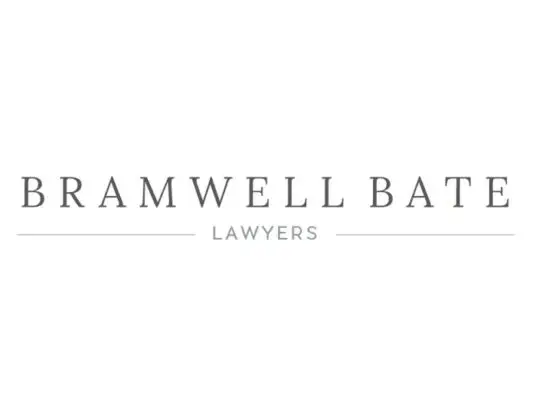A hot topic for many years has been the house market. Specifically, how the Government has attempted to create affordable housing for those priced out of the market. The most recent of these is the National Policy Statement on Urban Development 2020 and the proposed repeal and replacement of the Resource Management Act. Hastings and Napier District Councils will be required to review their existing District Plans to determine where and how they can support future housing growth within their regions. Potential changes may provide you with various options for the development of your land which may have been unavailable to you previously. But before rushing out to take advantage of the current market, there are a few matters for you to consider first.
Tax – that old chestnut
There are several possible tax implications when it comes to developing property. The most important consideration is the intent at the time of purchase. Any profits gained from the sale of land that was purchased with the intention to develop and sell will be taxable. Inland Revenue has wide ranging powers to determine the original intent and purpose.
Where a property is bought and sold within 10 years, the development will be subject to tax when the work undertaken is considered ‘more than minor’. Various factors including the time, effort and expense that has occurred in undertaking the development will be considered.
Where property is owned for more than 10 years and then developed, any development will be taxed where there have been significant costs incurred for earthworks, drainage and connection of utilities like power, water and telecommunications.
There is also provision applying to the sale of property within 10 years where the property has been rezoned pursuant to the Resource Management Act. Then there is the overriding bright-line test. This provides for any residential or lifestyle property sold within 10 years to be taxed upon sale, regardless of the original intention when purchased. For properties purchased prior to 27 March 2021, the timeframe is five years.
Land Covenants and how they affect your plans
Land Covenants are agreements that outline resections on how land can be used or developed, the objective being to maintain the quality of a subdivision and the value of the properties within it. Land Covenants are recorded on the Record of Title and pass onto all future landowners. Examples include restrictions on the design of the house, materials that may be used and ongoing maintenance requirements.
One covenant that needs careful review is any clause that may prevent further subdivision. No further subdivision clauses can come in two types – there is the express ‘no further subdivision’ clause and then there are limitations on the number of buildings that may be erected within a defined area.
Land Covenants are private agreements which, provided they do not contravene any local council bylaws, will trump any Council zone definitions for minimum lot size. Councils are
not required to consider any existing private Land Covenants noted on a Record of Title when reviewing any subdivision applications. There have been instances where Councils have issued a Resource Consent allowing a subdivision to proceed, but the owner of the land has been unable to legally subdivide the property due to a no further subdivision clause contained in existing Land Covenants.
Removal of redundant easements
During the planning stage, the removal of redundant easements can have a significant effect in lessening costs and reducing timeframes.
An easement is a right from one landowner to another to use a specified area of land in a specified way. These are generally in the form of rights of way, rights to convey water, electricity, telecommunications, and rights to drain water or sewage.
When a new title is issued, all existing interests on the old title ‘drop down’ onto all new titles. The effect that this sometimes has is that easements are registered over land that has no direct access to the easement area or the right to use the same. This can create issues when it comes to selling the new titles. The most cost and time efficient solution is to ensure all easements are only brought down or registered over the relevant land to be affected. This may require some easements to be fully or partially surrendered as part of the subdivision process.
In other cases, your existing title may already have redundant easements from an earlier subdivision that should really be removed to ‘tidy up’ the title first. Some of the points outlined above may appear complicated and confusing. We are here to help you with all of this and reduce any concerns you may have to ensure you get the most out of your investments and development. Give me a call and I’ll be happy to discuss.



